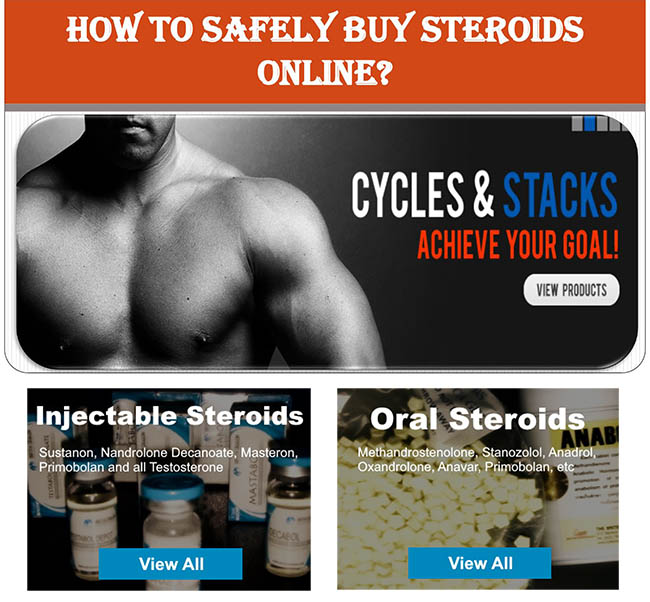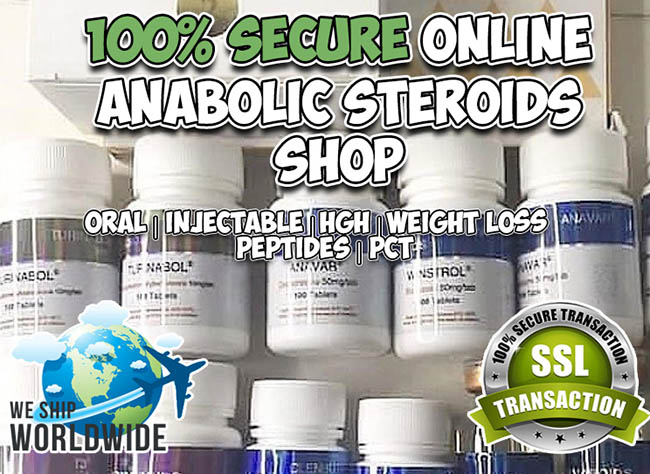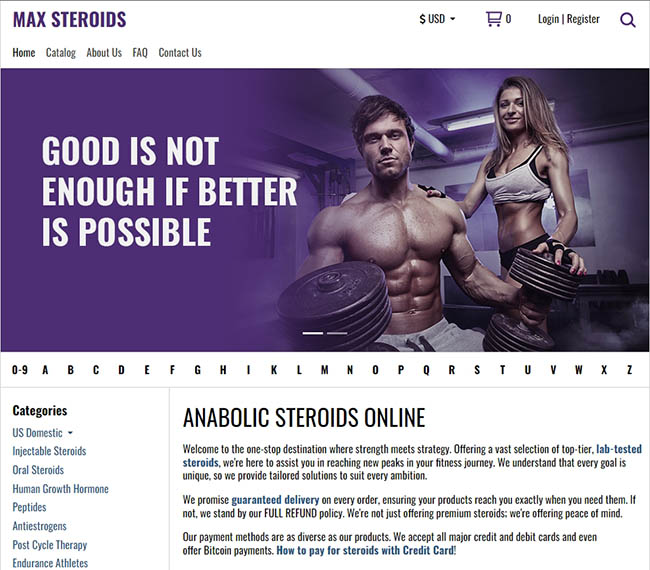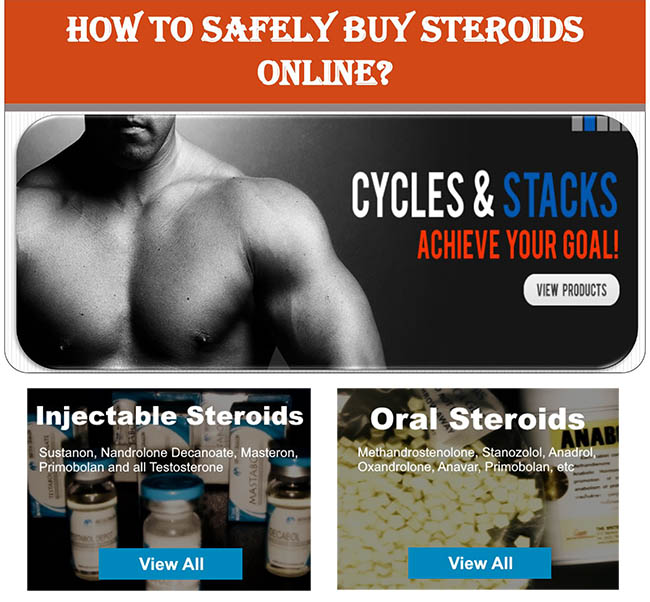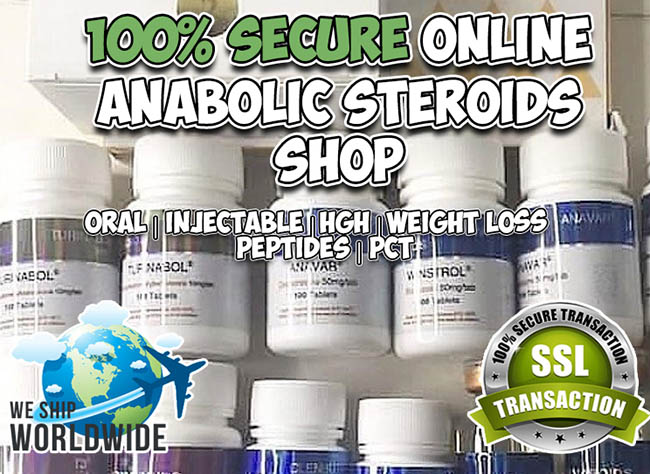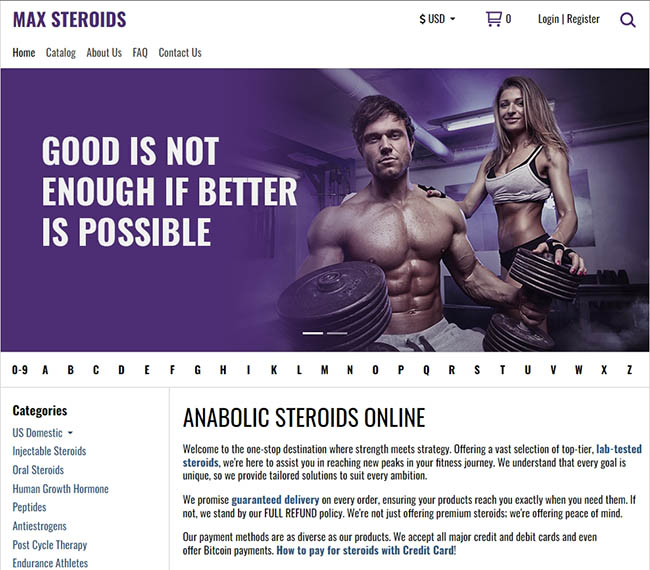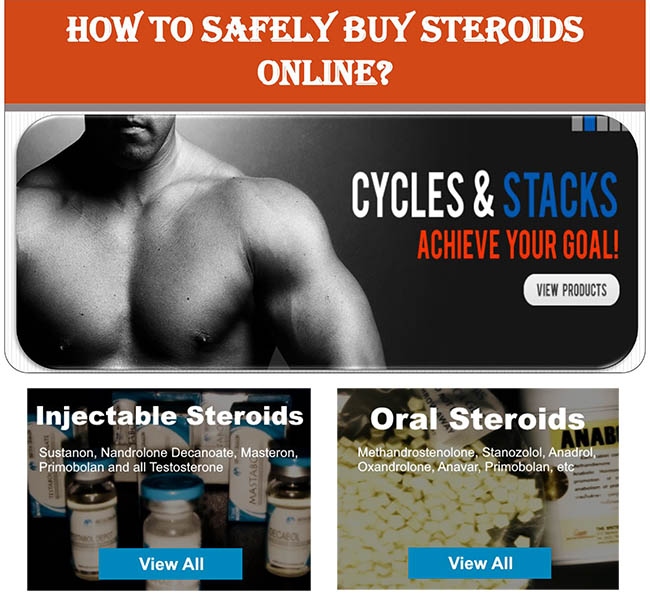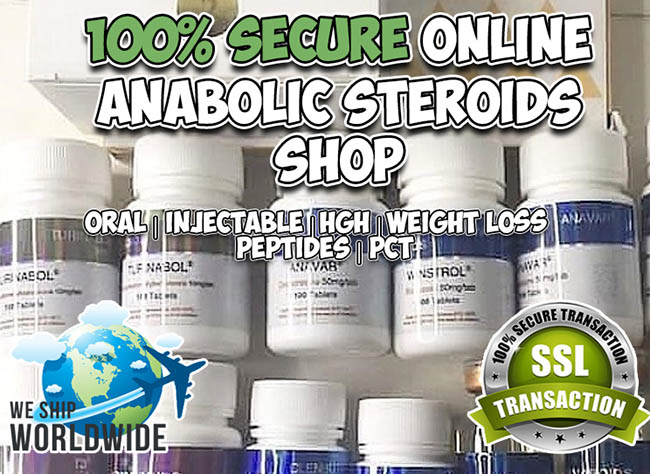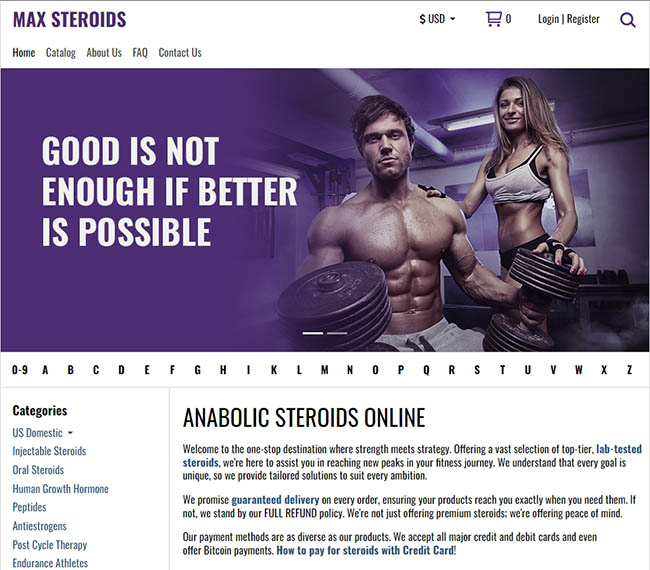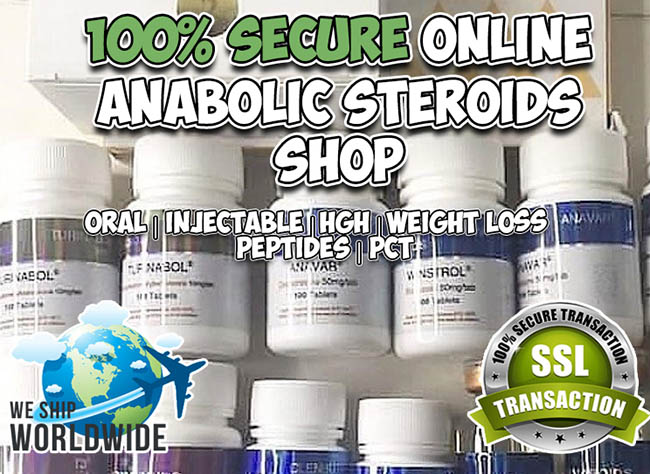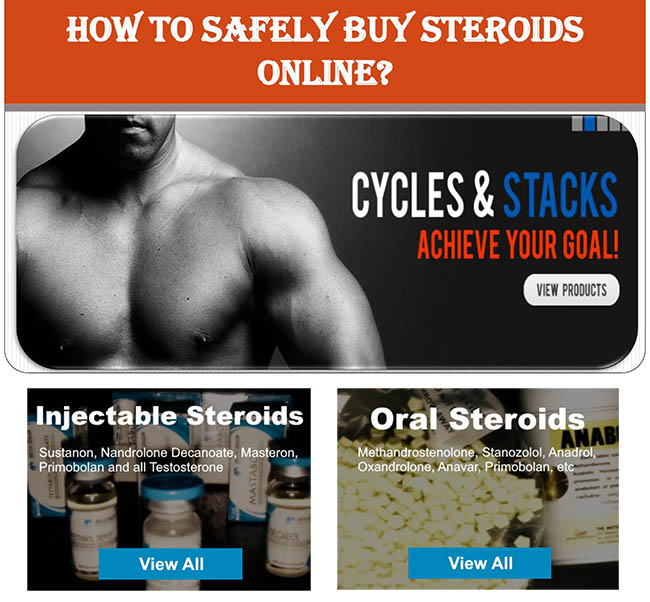Testosterone sustanon 300 mg is a popular anabolic steroid used by bodybuilders and athletes to increase muscle mass and strength. This article provides information on the dosage, benefits, and potential side effects of using testosterone sustanon 300 mg.
| Payment: | Bitcoin, LiteCoin, Zelle, Credit Cards, Western Union, MoneyGram |
| Delivery: | Express (2-5 days), Fedex, DHL |
| Prescription: | OVER THE COUNTER |
| Where to Buy STEROIDS online? | https://max-steroids.com |
Where to Buy Anabolic Steroids Online:
Testosterone Sustanon 300 mg: Benefits, Dosage, and Side Effects
Popular Questions about Testosterone sustanon 300 mg:
What is Testosterone Sustanon 300 mg?
Testosterone Sustanon 300 mg is a combination of four different testosterone esters: testosterone propionate, testosterone phenylpropionate, testosterone isocaproate, and testosterone decanoate. It is an injectable form of testosterone that is used to treat low testosterone levels in men.
What are the benefits of Testosterone Sustanon 300 mg?
Testosterone Sustanon 300 mg can help increase muscle mass, strength, and libido. It can also improve mood, energy levels, and overall well-being. Additionally, it can help treat symptoms of low testosterone, such as fatigue, depression, and reduced sexual desire.
How is Testosterone Sustanon 300 mg administered?
Testosterone Sustanon 300 mg is administered through intramuscular injection. The dosage and frequency of administration will depend on the individual’s needs and the recommendation of a healthcare professional.
Are there any side effects of Testosterone Sustanon 300 mg?
Common side effects of Testosterone Sustanon 300 mg include acne, oily skin, increased body hair, and water retention. It can also cause mood swings, aggression, and an increase in red blood cell count. In some cases, it may lead to liver toxicity or cardiovascular problems.
Can women use Testosterone Sustanon 300 mg?
Testosterone Sustanon 300 mg is not recommended for use in women, as it can cause virilization effects, such as deepening of the voice, facial hair growth, and clitoral enlargement. Women who are pregnant or breastfeeding should not use this medication.
What is the recommended dosage of Testosterone Sustanon 300 mg?
The recommended dosage of Testosterone Sustanon 300 mg can vary depending on the individual’s needs and the advice of a healthcare professional. It is typically administered once every two to three weeks, but some individuals may require more frequent injections.
How long does it take to see the effects of Testosterone Sustanon 300 mg?
The effects of Testosterone Sustanon 300 mg can vary from person to person. Some individuals may start to notice improvements in their symptoms within a few weeks, while others may take longer. It is important to follow the prescribed dosage and give the medication time to work.
Is Testosterone Sustanon 300 mg legal?
The legality of Testosterone Sustanon 300 mg can vary depending on the country. In some places, it may be available only with a prescription, while in others it may be classified as a controlled substance. It is important to check the laws and regulations in your specific location before using this medication.
What is Testosterone Sustanon 300 mg?
Testosterone Sustanon 300 mg is a medication that contains a combination of four different testosterone esters. It is commonly used to treat low testosterone levels in men and can help improve various symptoms associated with low testosterone.
What are the benefits of Testosterone Sustanon 300 mg?
Testosterone Sustanon 300 mg can provide several benefits for individuals with low testosterone levels. These benefits may include increased muscle mass and strength, improved libido and sexual function, enhanced mood and energy levels, and a reduction in symptoms such as fatigue and depression.
How to order steroids online?
Testosterone Sustanon 300 mg: Benefits, Dosage, and Side Effects
Testosterone Sustanon 300 mg is a popular anabolic steroid that is widely used by athletes and bodybuilders to enhance their performance and muscle growth. It is a combination of four different esterified forms of testosterone, which provides a sustained release of testosterone into the bloodstream.
One of the main benefits of using Testosterone Sustanon 300 mg is its ability to increase muscle mass and strength. It promotes protein synthesis and nitrogen retention in the muscles, leading to an increase in muscle size and power. This makes it an ideal choice for individuals looking to gain lean muscle mass and improve their athletic performance.
In addition to its muscle-building effects, Testosterone Sustanon 300 mg also has several other benefits. It can improve libido and sexual performance, increase bone density, and enhance overall mood and well-being. It may also help with fat loss and improve cardiovascular health.
When it comes to dosage, it is recommended to start with a low dose and gradually increase it to the desired level. The typical dosage range for Testosterone Sustanon 300 mg is 300-600 mg per week, although some individuals may require higher doses. It is important to note that higher doses increase the risk of side effects.
Speaking of side effects, Testosterone Sustanon 300 mg can cause both androgenic and estrogenic side effects. Androgenic side effects may include acne, hair loss, and increased aggression, while estrogenic side effects may include water retention, gynecomastia, and high blood pressure. It is important to monitor these side effects and adjust the dosage accordingly.
In conclusion, Testosterone Sustanon 300 mg is a powerful anabolic steroid that can provide numerous benefits for athletes and bodybuilders. However, it should be used with caution and under the supervision of a healthcare professional to minimize the risk of side effects. Proper dosage and monitoring are essential for achieving the desired results while minimizing the potential risks.
What is Testosterone Sustanon 300 mg?
Testosterone Sustanon 300 mg is a popular anabolic steroid that is used to treat low testosterone levels in men. It is a combination of four different testosterone esters, which are testosterone propionate, testosterone phenylpropionate, testosterone isocaproate, and testosterone decanoate. This combination of esters provides a sustained release of testosterone into the bloodstream over a prolonged period of time.
Testosterone is a naturally occurring hormone in the body that is responsible for the development of male sexual characteristics and the maintenance of muscle mass and bone density. However, some men may have low levels of testosterone, which can lead to a variety of symptoms such as fatigue, decreased libido, and loss of muscle mass.
Testosterone Sustanon 300 mg is administered through intramuscular injection and is typically given once every two to three weeks. The dosage and frequency of administration may vary depending on the individual’s needs and the advice of a healthcare professional.
Benefits of Testosterone Sustanon 300 mg
Testosterone Sustanon 300 mg offers several benefits for individuals with low testosterone levels:
- Increased muscle mass: Testosterone is known to promote muscle growth and can help individuals with low testosterone levels regain muscle mass.
- Improved bone density: Testosterone plays a crucial role in maintaining bone density, and testosterone supplementation can help prevent osteoporosis and other bone-related conditions.
- Enhanced libido: Low testosterone levels can lead to a decreased sex drive, and testosterone supplementation can help improve libido and sexual performance.
- Increased energy levels: Testosterone is known to increase energy levels and improve overall well-being.
Side Effects of Testosterone Sustanon 300 mg
While Testosterone Sustanon 300 mg can provide significant benefits, it is important to be aware of potential side effects:
- Acne: Testosterone supplementation can sometimes lead to an increase in acne breakouts.
- Fluid retention: Some individuals may experience fluid retention, which can cause swelling in the ankles and feet.
- Increased risk of prostate issues: Testosterone supplementation may increase the risk of prostate enlargement or prostate cancer in some individuals.
- Suppression of natural testosterone production: Prolonged use of testosterone supplementation can lead to a decrease in the body’s natural production of testosterone.
It is important to consult with a healthcare professional before starting Testosterone Sustanon 300 mg to determine if it is the right treatment option for you. They can provide guidance on the appropriate dosage and monitor for any potential side effects.
Benefits of Testosterone Sustanon 300 mg
Testosterone Sustanon 300 mg is a popular testosterone replacement therapy that offers several benefits for individuals with low testosterone levels. Here are some of the key benefits of using Testosterone Sustanon 300 mg:
1. Increased Muscle Mass and Strength
One of the primary benefits of Testosterone Sustanon 300 mg is its ability to promote muscle growth and increase strength. Testosterone is a key hormone involved in muscle protein synthesis, which is essential for muscle repair and growth. By increasing testosterone levels, Testosterone Sustanon 300 mg can help individuals build lean muscle mass and improve their overall strength.
2. Enhanced Libido and Sexual Performance
Testosterone plays a crucial role in sexual health and function. Low testosterone levels can lead to decreased libido, erectile dysfunction, and other sexual problems. By boosting testosterone levels, Testosterone Sustanon 300 mg can help improve libido, enhance sexual performance, and increase overall satisfaction in the bedroom.
3. Improved Mood and Mental Well-being
Testosterone has a significant impact on mood and mental well-being. Low testosterone levels are associated with symptoms such as depression, irritability, and fatigue. By increasing testosterone levels, Testosterone Sustanon 300 mg can help improve mood, reduce irritability, and enhance overall mental well-being.
4. Increased Energy and Stamina
Testosterone is known to play a role in energy levels and stamina. Low testosterone levels can lead to fatigue, decreased energy, and reduced stamina. By boosting testosterone levels, Testosterone Sustanon 300 mg can help increase energy levels, improve stamina, and enhance overall physical performance.
5. Enhanced Bone Density
Testosterone is essential for maintaining healthy bones. Low testosterone levels can lead to decreased bone density, which increases the risk of osteoporosis and fractures. By increasing testosterone levels, Testosterone Sustanon 300 mg can help enhance bone density and reduce the risk of bone-related problems.
6. Improved Cognitive Function
Testosterone has been shown to have a positive impact on cognitive function, including memory, concentration, and attention. Low testosterone levels are associated with cognitive decline and an increased risk of conditions such as Alzheimer’s disease. By boosting testosterone levels, Testosterone Sustanon 300 mg can help improve cognitive function and reduce the risk of cognitive decline.
Overall, Testosterone Sustanon 300 mg offers a range of benefits for individuals with low testosterone levels. However, it is important to note that testosterone replacement therapy should be used under the supervision of a healthcare professional to ensure safety and effectiveness.
Dosage Recommendations for Testosterone Sustanon 300 mg
When it comes to using Testosterone Sustanon 300 mg, it is important to follow the recommended dosage guidelines to ensure optimal results and minimize the risk of side effects. The dosage of Testosterone Sustanon 300 mg will vary depending on several factors, including the individual’s age, gender, and overall health.
Initial Dosage
For beginners who are new to testosterone replacement therapy (TRT), the recommended starting dosage of Testosterone Sustanon 300 mg is typically 300 mg per week. This dosage can be administered as a single injection or divided into two smaller injections, such as 150 mg twice a week.
Adjusting Dosage
After starting Testosterone Sustanon 300 mg, it is important to monitor the individual’s response to the treatment. If necessary, the dosage can be adjusted by a healthcare professional based on the individual’s hormone levels, symptoms, and overall well-being.
Some individuals may require a higher dosage of Testosterone Sustanon 300 mg to achieve the desired results, while others may need a lower dosage to avoid excessive levels of testosterone in the body. It is crucial to work closely with a healthcare professional to determine the most appropriate dosage for each individual.
Duration of Treatment
The duration of Testosterone Sustanon 300 mg treatment can vary depending on the individual’s specific needs and goals. In general, TRT is a long-term therapy that may last for several months or even years. It is important to continue the treatment as prescribed by a healthcare professional to maintain optimal hormone levels and overall well-being.
Monitoring and Side Effects
Regular monitoring of hormone levels and overall health is essential while using Testosterone Sustanon 300 mg. This can help identify any potential side effects or imbalances and allow for adjustments to the dosage if needed.
Common side effects of Testosterone Sustanon 300 mg may include acne, hair loss, increased aggression, mood swings, and changes in libido. It is important to report any unusual or severe side effects to a healthcare professional for further evaluation and guidance.
In conclusion, the dosage of Testosterone Sustanon 300 mg should be determined by a healthcare professional based on individual needs and goals. Following the recommended dosage guidelines and regular monitoring can help optimize the benefits of TRT while minimizing the risk of side effects.
Potential Side Effects of Testosterone Sustanon 300 mg
While Testosterone Sustanon 300 mg can provide numerous benefits, it is important to be aware of the potential side effects that may occur. These side effects can vary from person to person and may depend on factors such as dosage, frequency of use, and individual sensitivity to the hormone.
1. Estrogenic Side Effects
- Gynecomastia: Testosterone can convert to estrogen in the body, leading to the development of breast tissue in males. This condition, known as gynecomastia, can cause swelling and tenderness in the chest area.
- Water Retention: Elevated estrogen levels can also result in water retention, leading to bloating and weight gain.
2. Androgenic Side Effects
- Acne: Testosterone can increase oil production in the skin, resulting in the development of acne.
- Male Pattern Baldness: Those who are genetically predisposed to male pattern baldness may experience accelerated hair loss while using Testosterone Sustanon 300 mg.
- Increased Body Hair: Testosterone can stimulate the growth of body hair, including facial hair, chest hair, and back hair.
3. Cardiovascular Side Effects
- High Blood Pressure: Testosterone can increase blood pressure, which may pose a risk for individuals with pre-existing hypertension or cardiovascular conditions.
- Increased LDL Cholesterol: Testosterone can raise levels of LDL cholesterol, which is considered the “bad” cholesterol. This can increase the risk of cardiovascular problems.
4. Suppression of Natural Testosterone Production
Exogenous testosterone, such as Testosterone Sustanon 300 mg, can suppress the body’s natural production of testosterone. This can lead to testicular atrophy, reduced sperm count, and infertility.
5. Liver Toxicity
Testosterone Sustanon 300 mg is typically administered via intramuscular injection, bypassing the liver. However, high doses or prolonged use can still put strain on the liver. Regular monitoring of liver function is recommended.
6. Other Side Effects
- Mood Changes: Testosterone can affect mood and behavior, potentially leading to increased aggression, irritability, or mood swings.
- Sleep Apnea: Testosterone can worsen sleep apnea symptoms or contribute to the development of this sleep disorder.
- Prostate Enlargement: Testosterone can stimulate the growth of the prostate gland, potentially leading to benign prostatic hyperplasia (BPH).
It is important to note that not everyone will experience these side effects, and they can often be managed or minimized with proper dosage, monitoring, and medical supervision. If you experience any concerning side effects while using Testosterone Sustanon 300 mg, it is important to consult with a healthcare professional.
How Does Testosterone Sustanon 300 mg Work?
Testosterone Sustanon 300 mg is a form of testosterone replacement therapy (TRT) that combines four different esterified forms of testosterone. These esters have different rates of absorption and release, which allows for a sustained release of testosterone into the bloodstream over a prolonged period of time.
When injected into the body, the testosterone in Sustanon 300 mg is slowly released into the bloodstream. Once in the bloodstream, testosterone binds to androgen receptors in various tissues and organs throughout the body. This binding activates the androgen receptors, which then initiate a series of physiological responses.
One of the main effects of testosterone is an increase in protein synthesis, which leads to muscle growth and repair. Testosterone also promotes the production of red blood cells, which enhances oxygen delivery to the muscles and improves endurance. Additionally, testosterone has a positive impact on bone density, libido, mood, and cognitive function.
Testosterone Sustanon 300 mg is often prescribed to individuals with low testosterone levels, also known as hypogonadism. It helps to restore testosterone levels to within the normal range, improving symptoms such as fatigue, low libido, and muscle loss.
It is important to note that Sustanon 300 mg should only be used under the supervision of a healthcare professional. The dosage and frequency of injections will be determined by the healthcare provider based on individual needs and response to treatment.
Overall, Testosterone Sustanon 300 mg works by providing a sustained release of testosterone into the body, which helps to restore testosterone levels and improve symptoms associated with low testosterone.
Precautions and Warnings for Testosterone Sustanon 300 mg
1. Medical Conditions:
- Before starting testosterone sustanon 300 mg, it is important to inform your healthcare provider about any medical conditions you have, such as heart disease, liver or kidney problems, high blood pressure, diabetes, or prostate cancer.
- Testosterone can worsen certain medical conditions, so it is crucial to discuss your medical history with your doctor.
2. Allergies:
- If you are allergic to testosterone or any of the ingredients in testosterone sustanon 300 mg, you should not use this medication.
- Inform your healthcare provider about any known allergies before starting treatment.
3. Pregnancy and Breastfeeding:
- Testosterone sustanon 300 mg is not recommended for use in women, especially those who are pregnant or breastfeeding.
- Testosterone can cause harm to the fetus or pass into breast milk, potentially causing harm to the nursing baby.
4. Children and Adolescents:
- Testosterone sustanon 300 mg is not intended for use in individuals under the age of 18.
- It is important to keep this medication out of reach of children and adolescents.
5. Interactions:
- Testosterone sustanon 300 mg may interact with other medications, supplements, or herbal products.
- Inform your healthcare provider about all the medications you are currently taking to avoid potential drug interactions.
6. Side Effects:
- Common side effects of testosterone sustanon 300 mg include acne, oily skin, increased hair growth, headache, mood changes, and changes in sexual desire.
- If you experience any severe or persistent side effects, contact your healthcare provider immediately.
7. Regular Monitoring:
- Your healthcare provider may need to monitor your hormone levels and overall health regularly while you are taking testosterone sustanon 300 mg.
- Follow-up appointments and blood tests may be necessary to ensure the medication is working effectively and safely.
8. Use as Directed:
- It is important to use testosterone sustanon 300 mg exactly as prescribed by your healthcare provider.
- Do not exceed the recommended dosage or use the medication for longer than prescribed.
9. Storage:
- Store testosterone sustanon 300 mg at room temperature, away from heat and moisture.
- Keep the medication out of reach of children and pets.
10. Disposal:
- Properly dispose of any unused or expired testosterone sustanon 300 mg following local guidelines or consult your pharmacist for instructions.
Who Should Not Use Testosterone Sustanon 300 mg?
While Testosterone Sustanon 300 mg can be beneficial for many individuals, there are certain groups of people who should not use this medication. It is important to consult with a healthcare professional before starting any testosterone replacement therapy to determine if it is safe and appropriate for you.
1. Women
Testosterone Sustanon 300 mg is not recommended for use in women. Testosterone is a male hormone and can cause virilization effects in women, such as deepening of the voice, excessive hair growth, and enlargement of the clitoris. Women who are pregnant or breastfeeding should also avoid using this medication.
2. Children
Testosterone Sustanon 300 mg is not intended for use in children. Testosterone is important for the development of secondary sexual characteristics during puberty in boys, but giving exogenous testosterone to children can disrupt the natural hormonal balance and interfere with growth and development.
3. Individuals with Prostate or Breast Cancer
Testosterone Sustanon 300 mg should not be used by individuals who have prostate or breast cancer. Testosterone can stimulate the growth of these types of cancers and worsen the condition. If you have a history of prostate or breast cancer, it is important to discuss this with your healthcare provider before considering testosterone replacement therapy.
4. Individuals with Liver or Kidney Disease
Testosterone Sustanon 300 mg should be used with caution in individuals with liver or kidney disease. Testosterone is metabolized by the liver and excreted by the kidneys, so any impairment in these organs can affect the clearance of testosterone from the body. Your healthcare provider will need to monitor your liver and kidney function regularly if you have pre-existing liver or kidney disease.
5. Individuals with Heart or Vascular Problems
Testosterone Sustanon 300 mg can increase the risk of heart and vascular problems, such as heart attack and stroke. If you have a history of heart disease, high blood pressure, or other cardiovascular conditions, it is important to discuss this with your healthcare provider before starting testosterone replacement therapy. They will need to assess the risks and benefits of treatment in your specific case.
Overall, it is important to remember that testosterone replacement therapy should be used under the guidance of a healthcare professional. They will be able to assess your individual circumstances and determine if Testosterone Sustanon 300 mg is appropriate for you.
Testosterone Sustanon 300 mg and Muscle Growth
Testosterone Sustanon 300 mg is a popular anabolic steroid that is often used by athletes and bodybuilders to enhance muscle growth and performance. It is a blend of four different testosterone esters, which provide a sustained release of testosterone into the body.
Benefits of Testosterone Sustanon 300 mg for Muscle Growth
- Increased protein synthesis: Testosterone is known to increase the rate of protein synthesis in the body. This means that more proteins are being produced, which is essential for muscle growth and repair.
- Enhanced nitrogen retention: Testosterone helps to retain nitrogen in the muscles, which is important for maintaining an anabolic state and preventing muscle breakdown.
- Increased red blood cell production: Testosterone stimulates the production of red blood cells, which are responsible for carrying oxygen to the muscles. This can improve endurance and performance during workouts.
- Improved recovery: Testosterone Sustanon 300 mg can help to reduce the time needed for recovery between workouts. This allows for more frequent and intense training sessions, which can lead to greater muscle growth.
Dosage of Testosterone Sustanon 300 mg for Muscle Growth
The dosage of Testosterone Sustanon 300 mg for muscle growth can vary depending on individual goals and experience with anabolic steroids. It is typically injected once every 1-2 weeks, with a typical dosage ranging from 300-600 mg per week.
It is important to note that the use of Testosterone Sustanon 300 mg should be done under the supervision of a healthcare professional, as misuse or abuse of anabolic steroids can lead to serious side effects.
Side Effects of Testosterone Sustanon 300 mg
While Testosterone Sustanon 300 mg can be beneficial for muscle growth, it is important to be aware of the potential side effects. These can include:
- Acne
- Hair loss
- Gynecomastia (enlarged breasts in men)
- Fluid retention
- High blood pressure
- Suppression of natural testosterone production
If any of these side effects occur, it is important to consult with a healthcare professional.
| Increased protein synthesis | Enhanced nitrogen retention |
| Increased red blood cell production | Improved recovery |
Testosterone Sustanon 300 mg and Athletic Performance
Testosterone Sustanon 300 mg is a popular choice among athletes and bodybuilders looking to enhance their athletic performance. This injectable form of testosterone is a blend of four different esterified testosterone compounds, which work together to provide a sustained release of testosterone into the bloodstream.
One of the main benefits of Testosterone Sustanon 300 mg for athletes is its ability to increase muscle mass and strength. Testosterone is an anabolic hormone that promotes protein synthesis and muscle growth. By increasing the levels of testosterone in the body, athletes can experience significant gains in muscle size and strength.
In addition to its muscle-building effects, Testosterone Sustanon 300 mg can also improve athletic performance by increasing red blood cell production. Red blood cells are responsible for carrying oxygen to the muscles, and a higher red blood cell count can improve endurance and stamina. This can be particularly beneficial for endurance athletes, such as long-distance runners or cyclists.
Another way that Testosterone Sustanon 300 mg can enhance athletic performance is by increasing aggression and competitiveness. Testosterone is known to increase aggression and motivation, which can improve an athlete’s drive to succeed and perform at their best. This can be especially useful in sports that require a high level of intensity and competitiveness, such as weightlifting or contact sports.
It is important to note that the use of Testosterone Sustanon 300 mg for athletic performance enhancement is controversial and may be subject to anti-doping regulations. Athletes should always consult with their healthcare provider or a sports medicine professional before using any performance-enhancing substances.
Testosterone Sustanon 300 mg and Hormonal Imbalance
Hormonal imbalance refers to an abnormality in the levels of hormones in the body. Testosterone, a hormone primarily produced in the testicles, plays a crucial role in the development and maintenance of male characteristics. However, when there is an imbalance in testosterone levels, it can lead to various health issues.
Causes of Hormonal Imbalance
There can be several causes of hormonal imbalance, including:
- Age: Testosterone levels naturally decline with age, leading to hormonal imbalance.
- Medical conditions: Certain medical conditions, such as hypogonadism or pituitary disorders, can affect testosterone production.
- Lifestyle factors: Poor diet, lack of exercise, and chronic stress can contribute to hormonal imbalance.
- Medications: Some medications, including corticosteroids and opioids, can disrupt testosterone production.
Effects of Hormonal Imbalance
Hormonal imbalance can have various effects on the body, including:
- Low libido: Testosterone is responsible for sexual desire, and a hormonal imbalance can lead to a decrease in libido.
- Erectile dysfunction: Inadequate testosterone levels can contribute to difficulties in achieving and maintaining an erection.
- Fatigue and low energy levels: Hormonal imbalance can cause fatigue and a lack of energy.
- Mood changes: Testosterone plays a role in mood regulation, and an imbalance can lead to irritability, depression, and anxiety.
- Decreased muscle mass: Testosterone is essential for muscle growth and maintenance, and hormonal imbalance can result in a loss of muscle mass.
Testosterone Sustanon 300 mg and Hormonal Imbalance
Testosterone Sustanon 300 mg is a form of testosterone replacement therapy that is used to treat hormonal imbalance in men. It contains a blend of four different testosterone esters, which provide a sustained release of testosterone into the body.
By supplementing with Testosterone Sustanon 300 mg, individuals with hormonal imbalance can experience various benefits, including:
- Increased libido and sexual performance
- Improved erectile function
- Increased energy levels and reduced fatigue
- Enhanced mood and overall well-being
- Promotion of muscle growth and maintenance
However, it is essential to note that Testosterone Sustanon 300 mg should only be used under the supervision of a healthcare professional. They will determine the appropriate dosage and monitor hormone levels to ensure optimal results and minimize the risk of side effects.
In conclusion, hormonal imbalance can have significant effects on various aspects of health. Testosterone Sustanon 300 mg can be an effective treatment option for individuals with hormonal imbalance, providing them with the benefits of testosterone replacement therapy.

